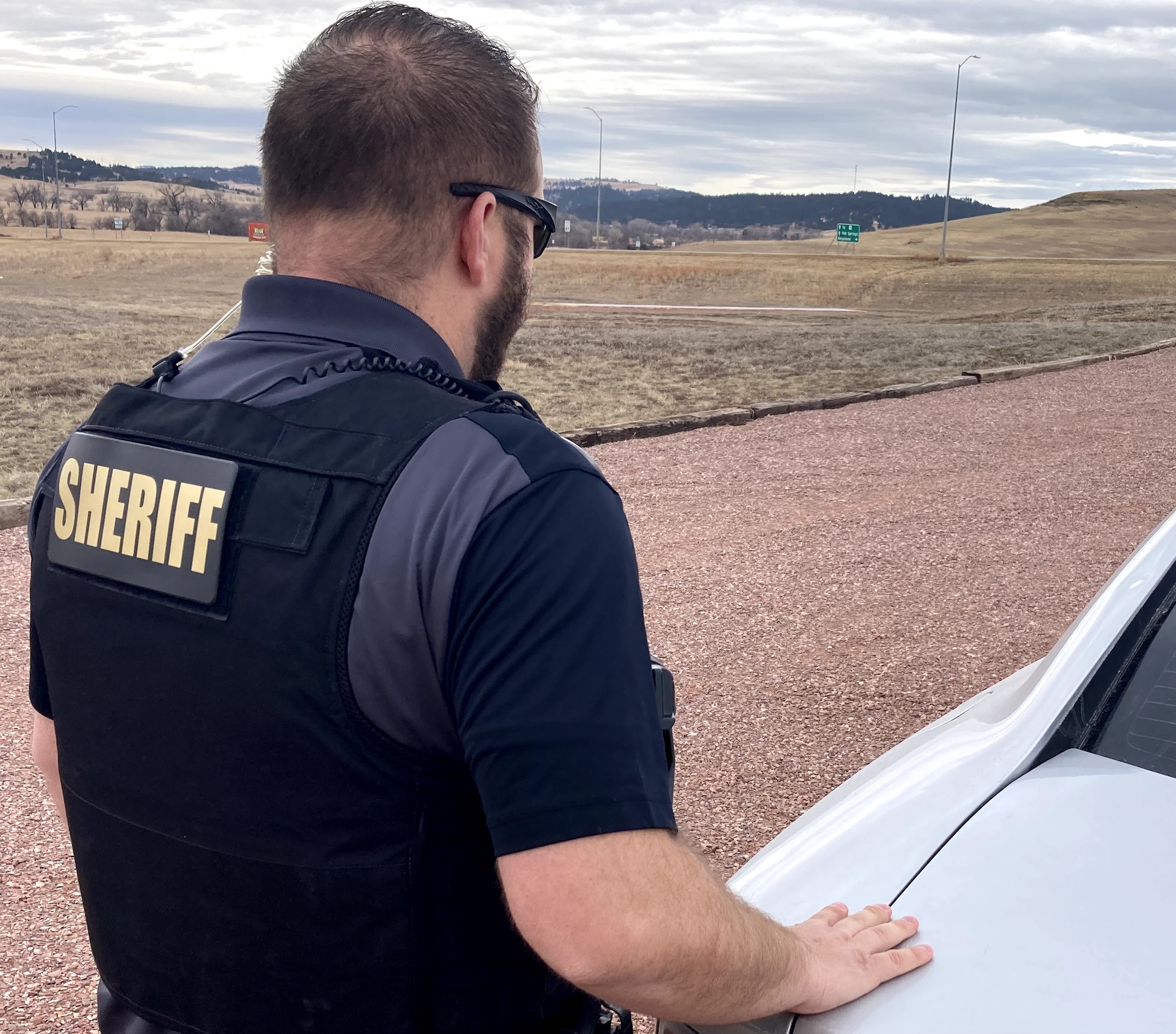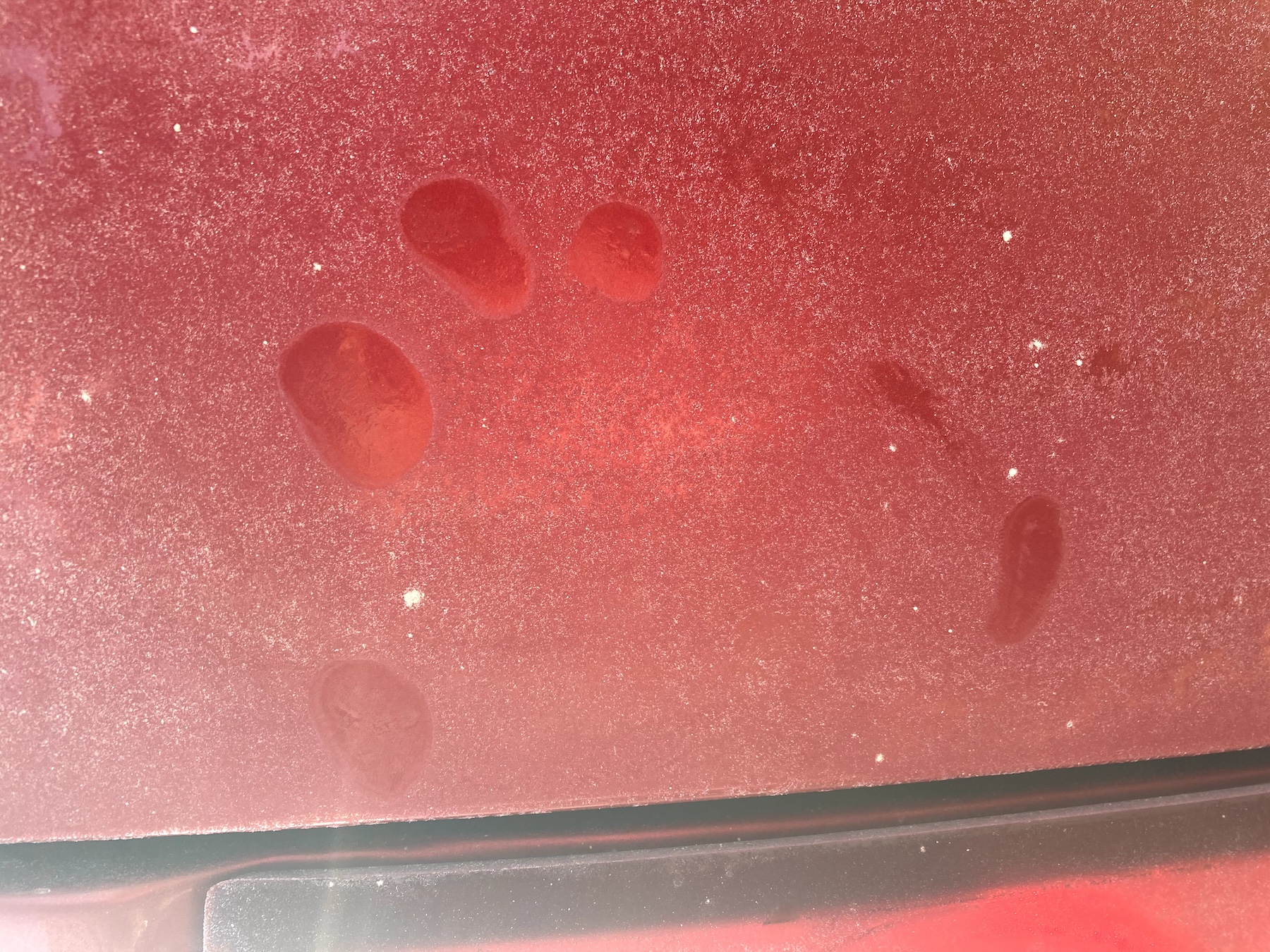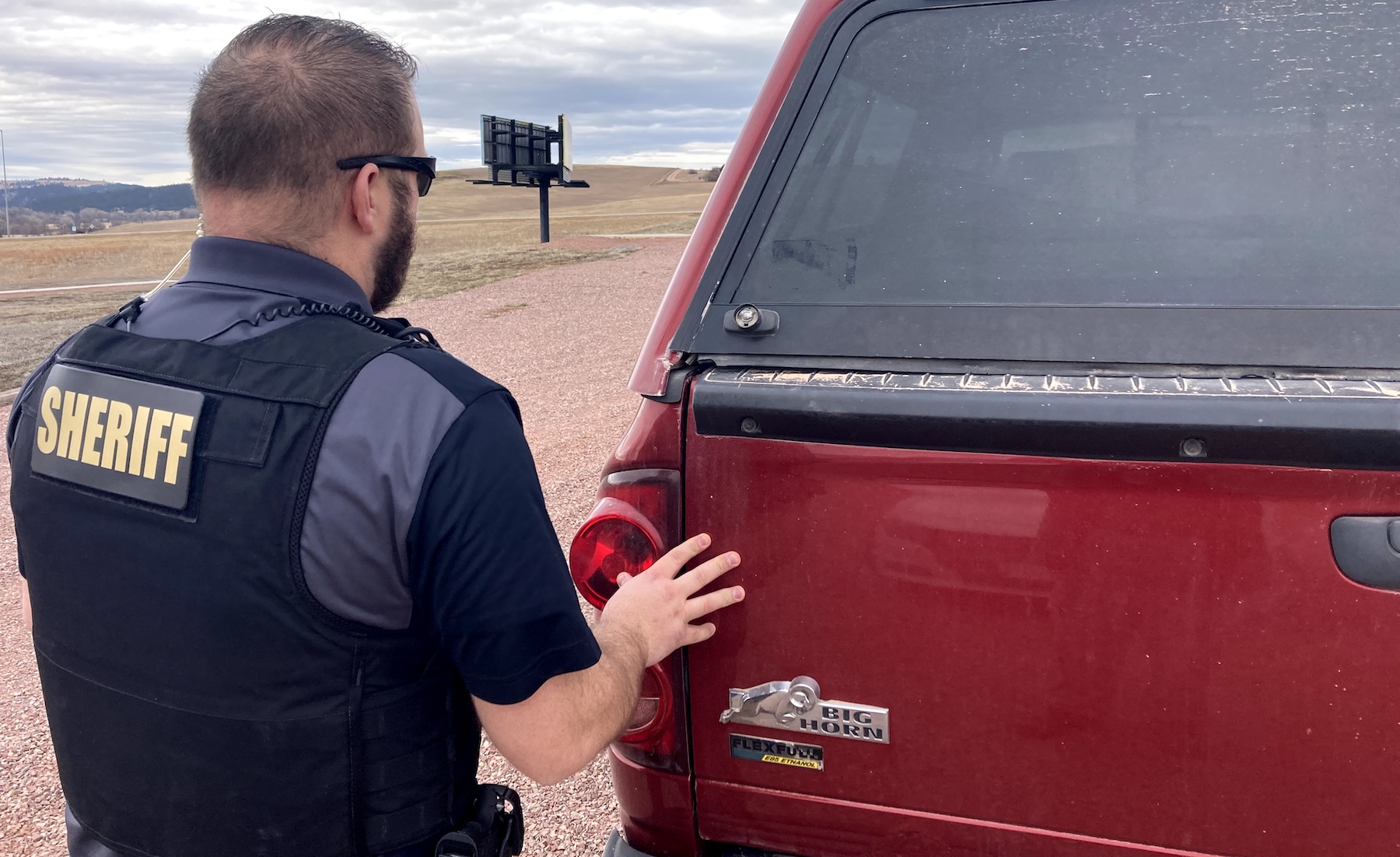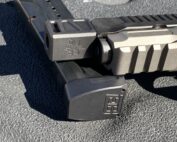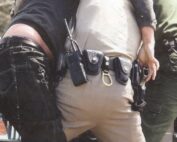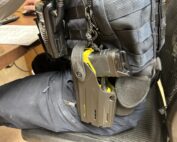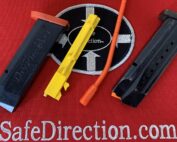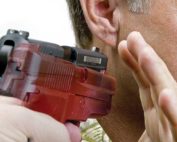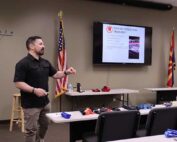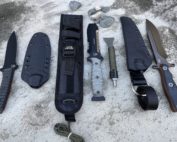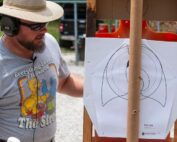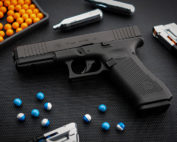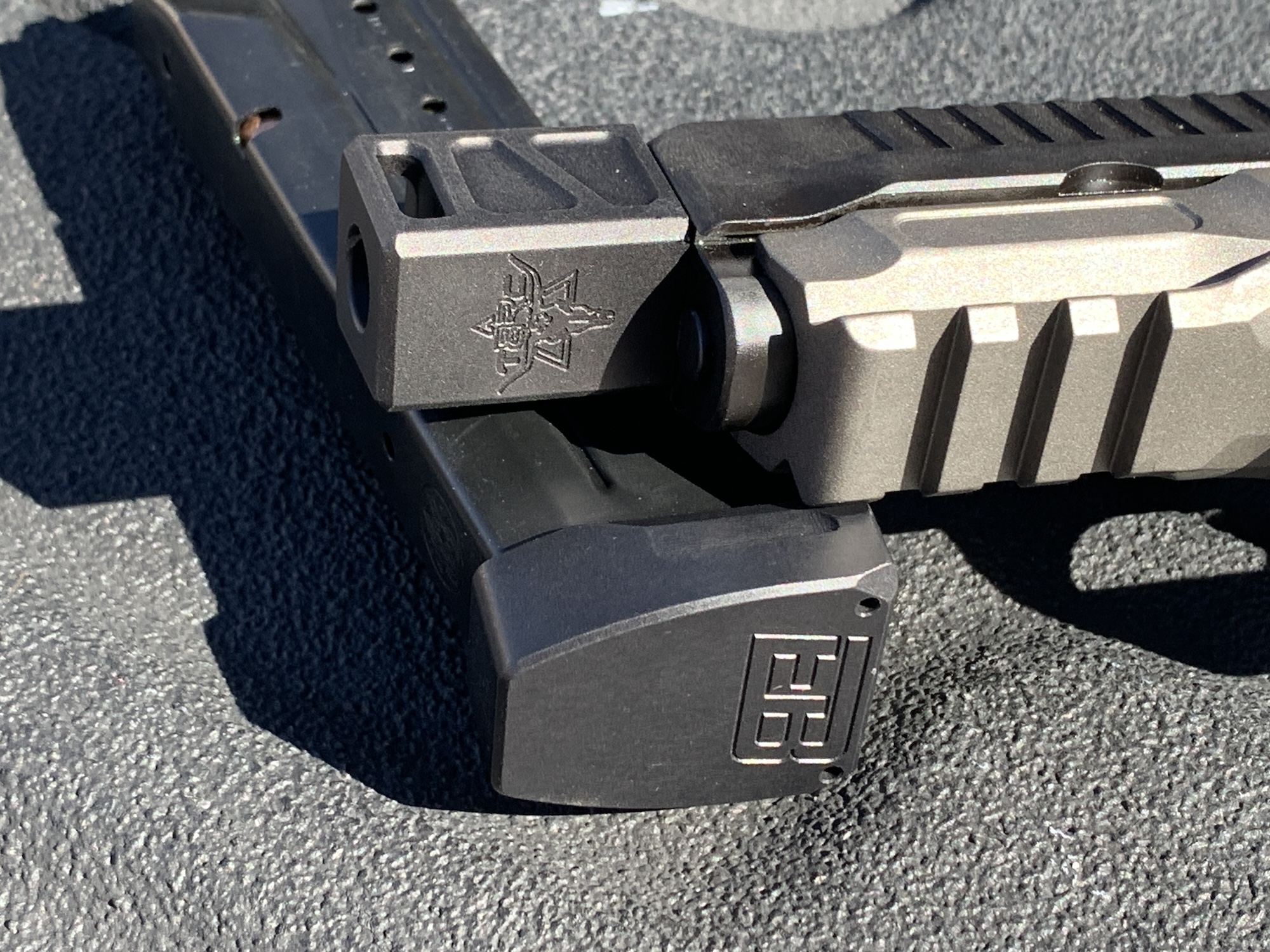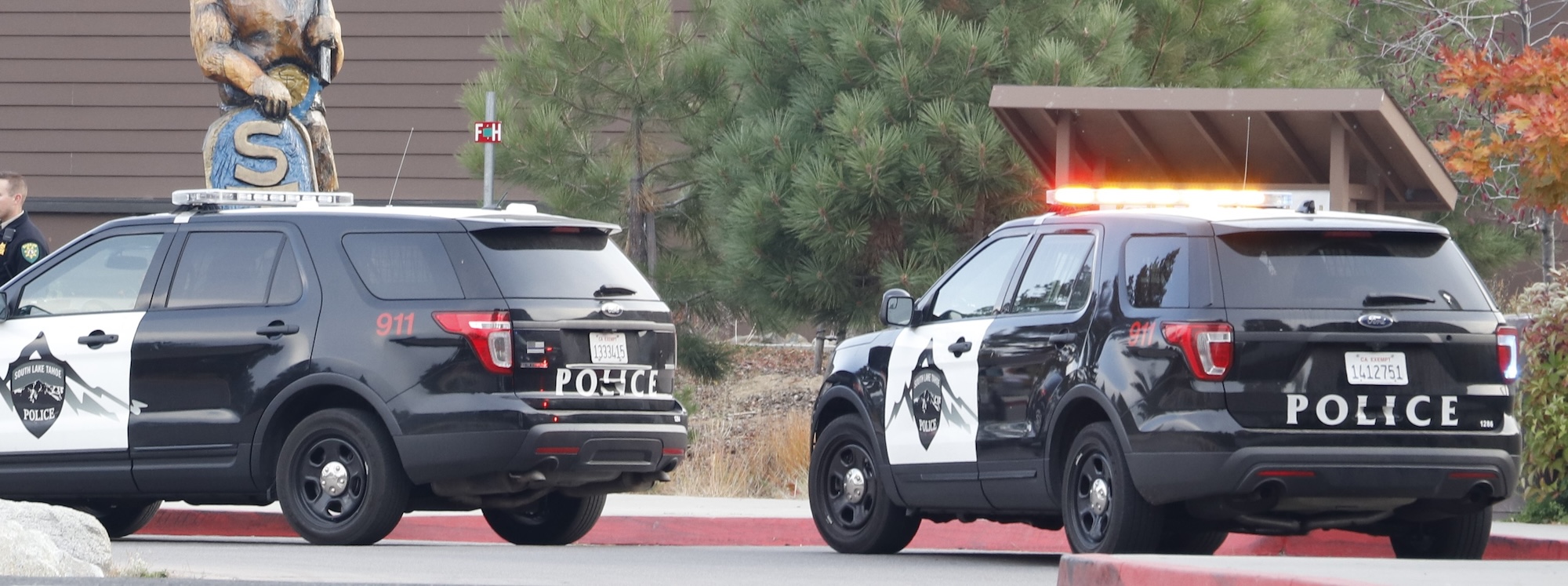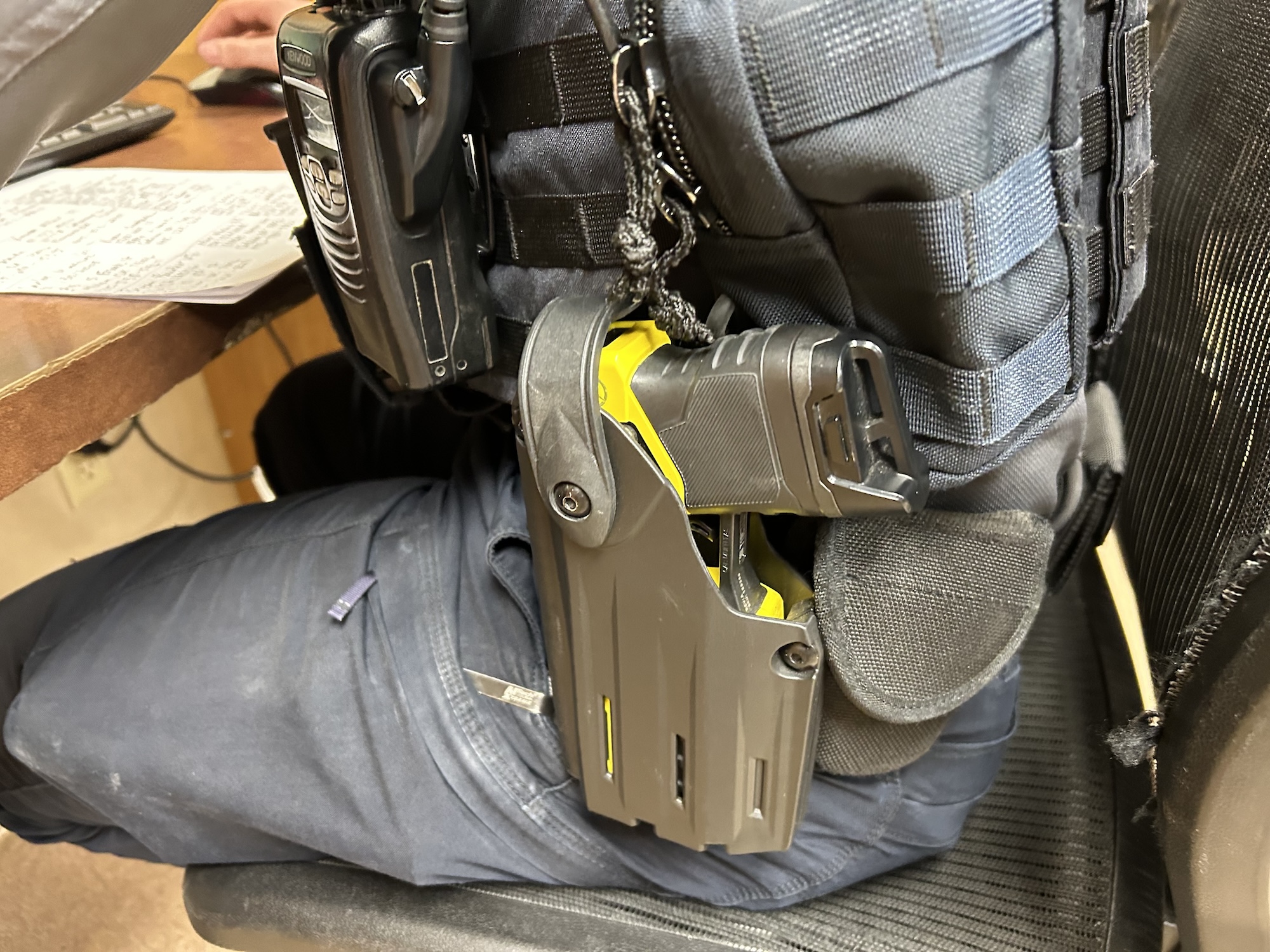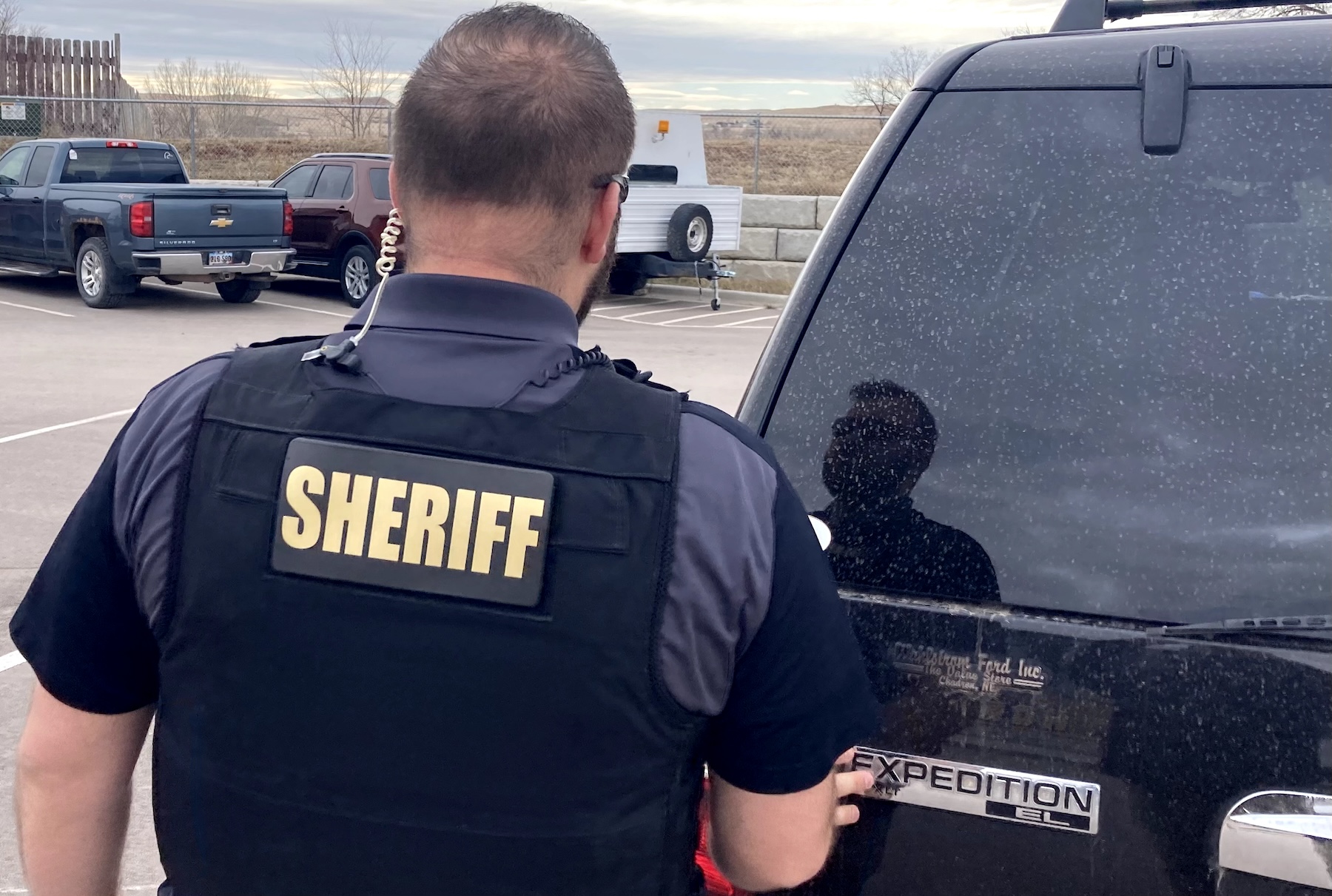
Trunk 5
“Now listen here, rookie. When yer makin’ a traffic stop, you gotta push down on the trunk lid when you walk by, see? Or you’ll get killed in the streets!”
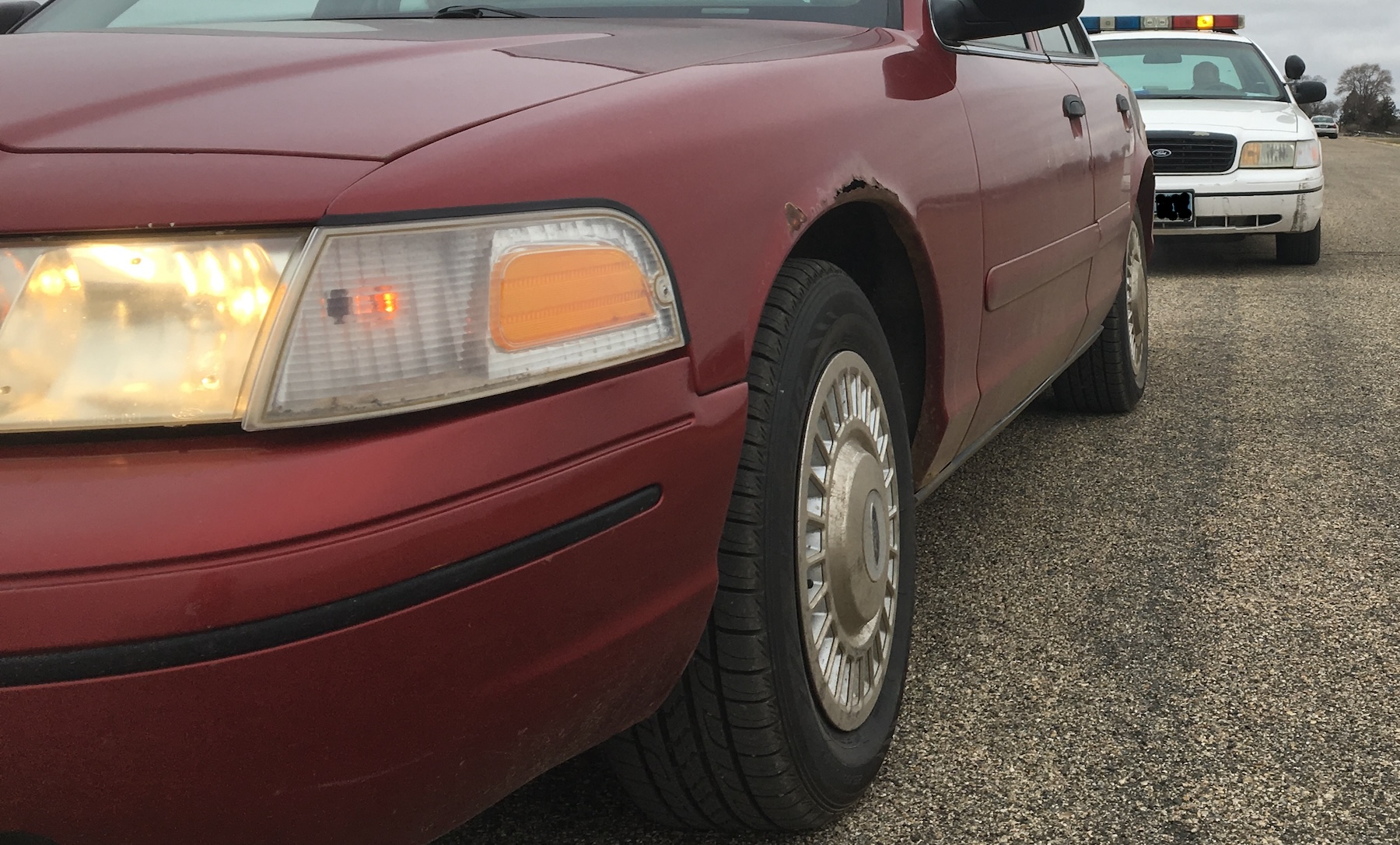
You’ve called out the location, description, and license plate of the vehicle and now you are approaching it.
This bit of dubious cop wisdom was imparted to me by my first field training officer around 1995 or so. Let’s call him “Ol’ Sarge.” He reasoned that you were pressing auto steel with your fingertips around the trunk to check if it was locked. If it went “click,” you had just thwarted the trunk ninjas that were hiding within, waiting for their chance to waylay you. Or it could be the trunk pirates we were guarding against. Or ninjas and pirates. Ol’ Sarge was never clear on that point.
Rookie Years
Like any good rookie, I did what Ol’ Sarge told me to. After all, he seemed to know his business when it came to the ins and outs of driving fast, shooting, and fighting- all the stuff that mattered to a young cop like me. Ol’ Sarge explained the “trunk press-check” further: “And if somebody shoots ya an’ they get away, yer fingerprints are on the car to prove it was them.” This made sense to me as an amped-up, watch-their-hands-and-search-em-twice kind of new guy.
As the patrol years went by, doubt began to gnaw at me gradually. When I would touch the rear of a vehicle during a traffic stop, the trunk was always locked. Instead of ninjas or trunk pirates, I only found lots of dust, random trash, and sometimes narcotics. I also began to wonder about the fingerprint thing. Nothing about it appeared in the summaries of officer-involved shootings and line-of-duty deaths. Still, I never saw anything involving the capture of any suspects based on prints left on a suspect car by an officer who stopped them.
In The Academy
Twenty years later, I was working as an instructor helping train new police officers in a basic academy and watched as the new kids dutifully pressed their fingers on the rear of a stopped vehicle during their approach. Now, most of the vehicles they were stopping didn’t even have trunks anymore, what with the popularity of pickups and sport utility vehicles. For vehicles with conventional trunks, the National Highway Traffic Safety Administration mandated inside-release handles from the 2002 model year onward. Now, the hypothetical trunk ninjas/pirates could choose to let themselves out, whether or not an approaching officer pressed down on the lid in passing.
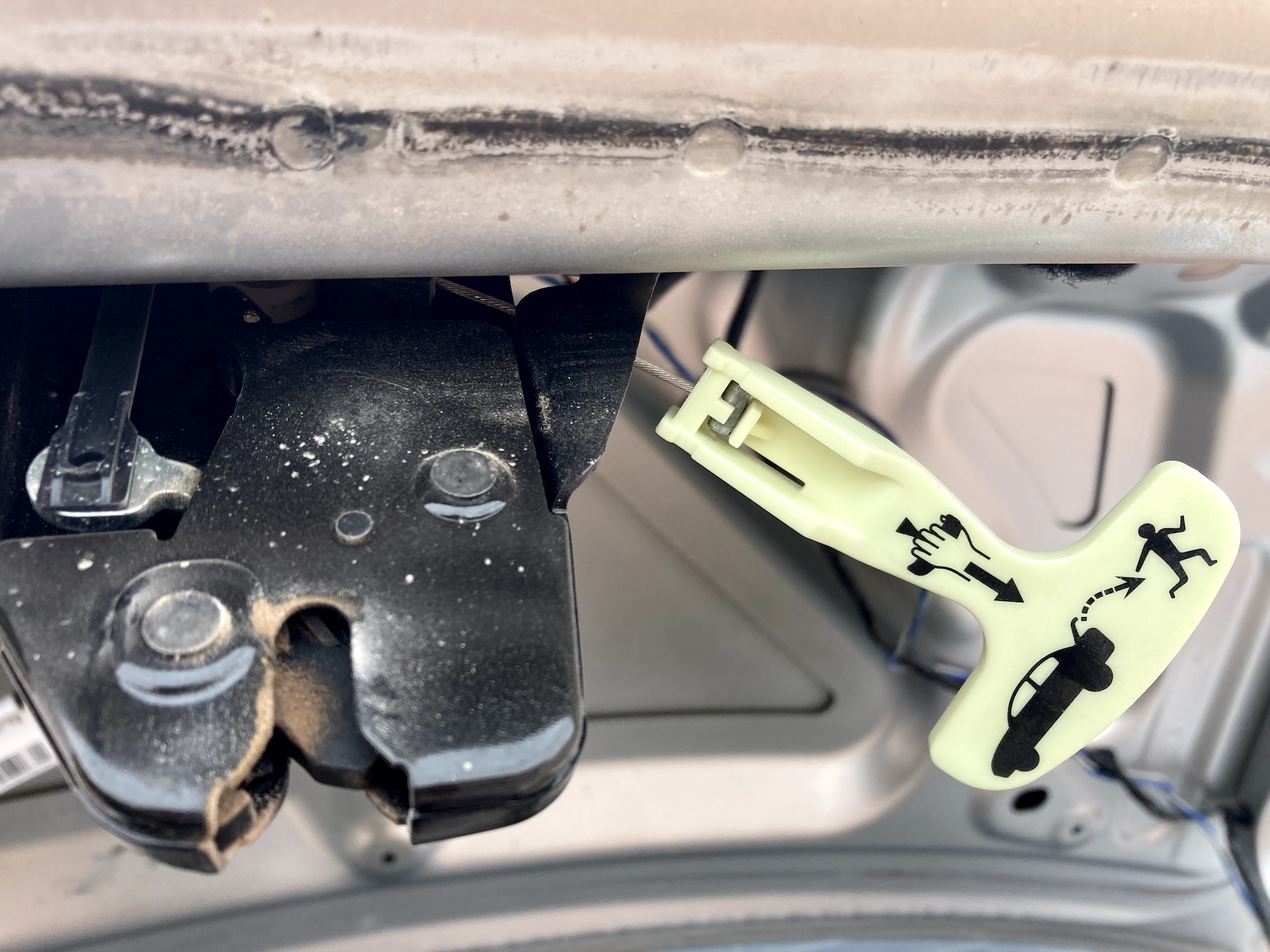
The NHTSA-mandated inside the trunk release mechanism, even with a closed trunk it can be opened from the inside.
As far as the fingerprint evidence angle, it seemed quaint in the electronics-augmented patrol world of in-car video, body-worn cameras, GPS vehicle location, and security and doorbell and cellphone cameras everywhere you looked. Surely, all the pieces of our modern public panopticon would be more useful in tracking and catching a fleeing suspect who got away from a cop than a lowly partial print smeared on a dirty surface.
Asking Around
I questioned quite a few instructors and experienced street cops about the reasons for retaining what was seemingly an outdated procedure. The answers ranged from “I dunno” to “That’s the way we’ve always done it” to “Well, touching the vehicle before making the final approach teaches the rookies to focus their attention on the car.” Another reason given was that the touch of the car-side hand would help them blade their body toward the vehicle and reduce their exposure to attack. The last two struck me as having come from the feverish imagination of an instructor who couldn’t see a use for fingering the trunk lid either but didn’t want to bother with changing a slide deck or computer presentation to omit it, so they came up with another “reasonable” explanation to appease the new guys.
Origin Story?
Where did the whole “trunk press-check” thing come from in the first place? The first written reference to it that I’m aware of was in the hugely influential police textbook Street Survival, published in 1980 by Calibre Press. On page 82 of my vintage copy (all the cool guys “back in the day” bought the whole three-volume set), a black-and-white picture shows a uniformed officer touching the trunk lid. At the same time, the text explains, “touch the trunk crack to be sure the lid is still shut.”
While Street Survival was a revolutionary take on officer safety tactics at the time and undoubtedly saved many police officers’ lives over the last forty-plus years, some of the things shown in it are now outdated and not often taught or advocated by most instructors or departments. For example, the illustration of the police officer press-checking the trunk also shows him holding his revolver in his hand behind his leg.
Final Thought
Ol ‘ Sarge might not like it, but the time of the trunk press-check has come and gone like full-size service revolvers and officers approaching vehicles during unknown-risk traffic stops while holding their weapons behind their legs. There’s certainly no shortage of other things to train rookies to be alert for in the modern patrol world that will “get ya killed on the streets.”
About The Author
“Seth Thompson began his career in law enforcement in 1995 as a reserve police officer with the Hot Springs, South Dakota Police Department, while also working for the South Dakota Department of Corrections as a correctional drill instructor. Thompson joined the Custer County, South Dakota Sheriff’s Office as a full-time deputy in 2003. He held assignments as the agency’s lead (often only) firearms instructor and as a patrol sergeant. He recently retired from that agency. During his career, Thompson also worked as a seasonal law enforcement ranger for the South Dakota Department of Game, Fish and Parks, as well as doing various contract security and personal protection jobs which sounded much more exciting than they really were. Thompson has been a state-certified law enforcement firearms instructor since 2011 and regularly assists the state Law Enforcement Training Center with new police officer training in firearms, use of force, and vehicle stops. Thompson is a 1995 graduate of Chadron State College, with a B.A. in Justice Studies.”

